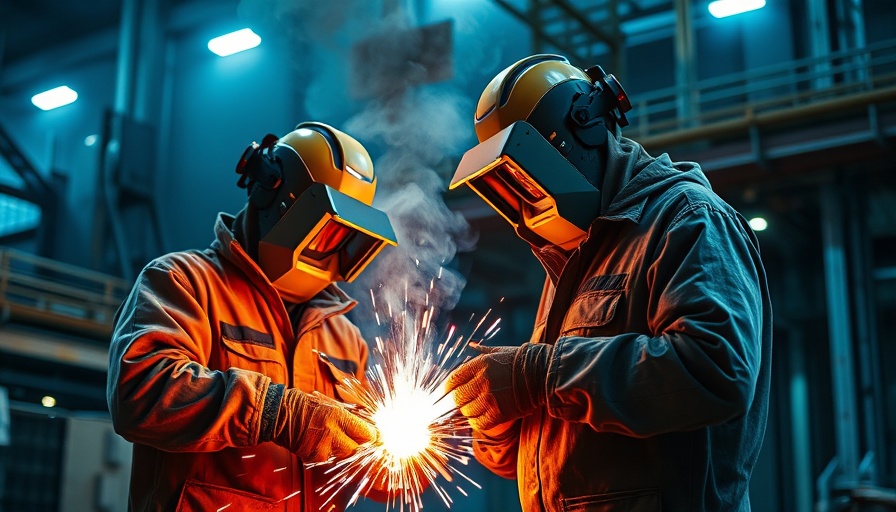
Understanding the Clean Industrial Deal: EU’s New Green Initiative
The European Commission's recently unveiled Clean Industrial Deal is being heralded as a crucial step toward achieving net-zero emissions, especially in energy-intensive sectors like steel and cement. This ambitious legislative package aims to foster clean technology companies, including those involved in electric vehicle infrastructure, with the goal of stimulating economic growth while addressing pressing environmental concerns.
Environmental Backlash: NGOs Critique the Deal
However, the deal has drawn criticism from various non-governmental organizations (NGOs), which argue that while it aims at decarbonization, it lapses into complacency regarding broader pollution control measures. “The so-called ‘Clean’ Industry Deal focuses on decarbonisation but overlooks broader pollution and environmental responsibility,” stated Christian Schaible from the European Environmental Bureau (EEB). This sentiment reflects a growing concern that fossil-fuel dependent industries are receiving undue influence in shaping these environmental policies, potentially leading to compromises that conflict with the overall goals of sustainability.
Key Features of the Clean Industrial Deal: A Closer Look
The deal is rooted in principles established by the European Green Deal, which set a target of slashing emissions by 90 percent by 2040. Among its proposed measures are expedited permits for renewable infrastructure projects, and favorable public procurement rules to prioritize European-made clean technology. Notably, the Commission is establishing an industrial decarbonization bank with an estimated $104 billion in public funding. This initiative aims to attract additional private investments, potentially reaching as much as $416 billion.
Dealing with Criticism: Ensuring Genuine Progress
Critics believe that the ambitious words of EU officials do not match the actual proposals presented in the Clean Industrial Deal. The continued reliance on fossil-fuel-heavy sectors for input and decision-making is seen as a direct contradiction to the goals of the initiative. As the deal promises significant financing opportunities and employment prospects within clean energy sectors, skeptics argue that without rigorous regulations and accountability, the measures risk being mere lip service.
The Future of EU Industries: Predictions and Opportunities
As the Clean Industrial Deal seeks to revitalize European industries with a commitment to sustainability, the balance between maintaining competitiveness in a global market while ensuring environmental responsibility will be a focal point. If successfully implemented, the deal could set a precedent for how industrial sectors adapt to climate challenges, potentially influencing global standards for sustainable industrial practices.
Conclusion: Steps Forward or Empty Promises?
The Clean Industrial Deal represents a multifaceted approach to addressing the climate crisis by providing financial backing and regulatory support for clean technology sectors. However, meaningful advancements will require ongoing vigilance from stakeholders across the spectrum of industry and environmental advocates to ensure the ambitions outlined are translated into action. The upcoming phases in the Plan's implementation will be pivotal in determining whether it serves as a blueprint for sustainable growth or remains a collection of unfulfilled promises.
 Add Row
Add Row  Add
Add 




Write A Comment